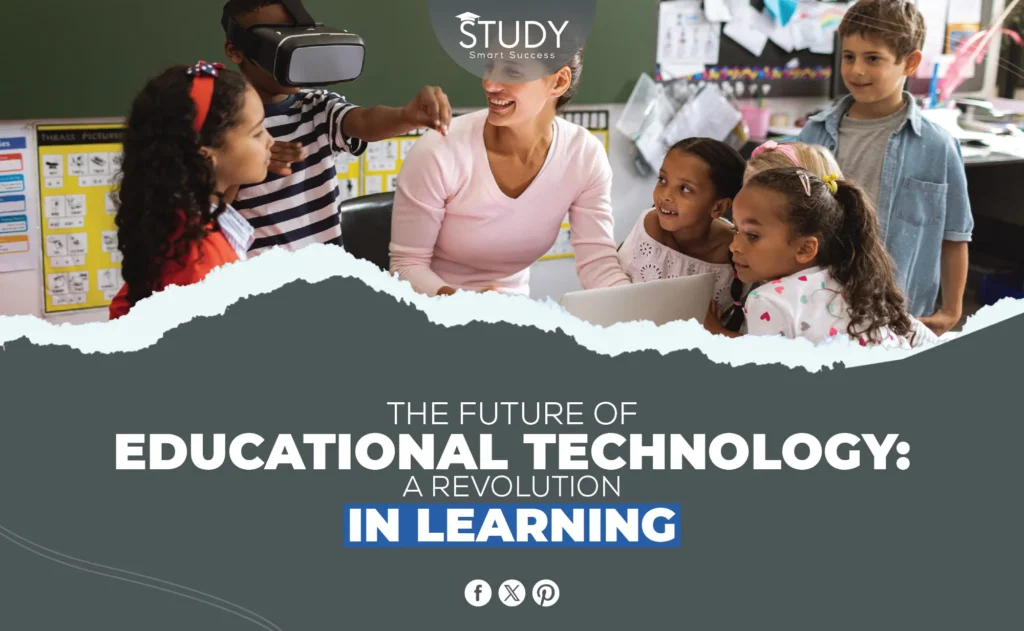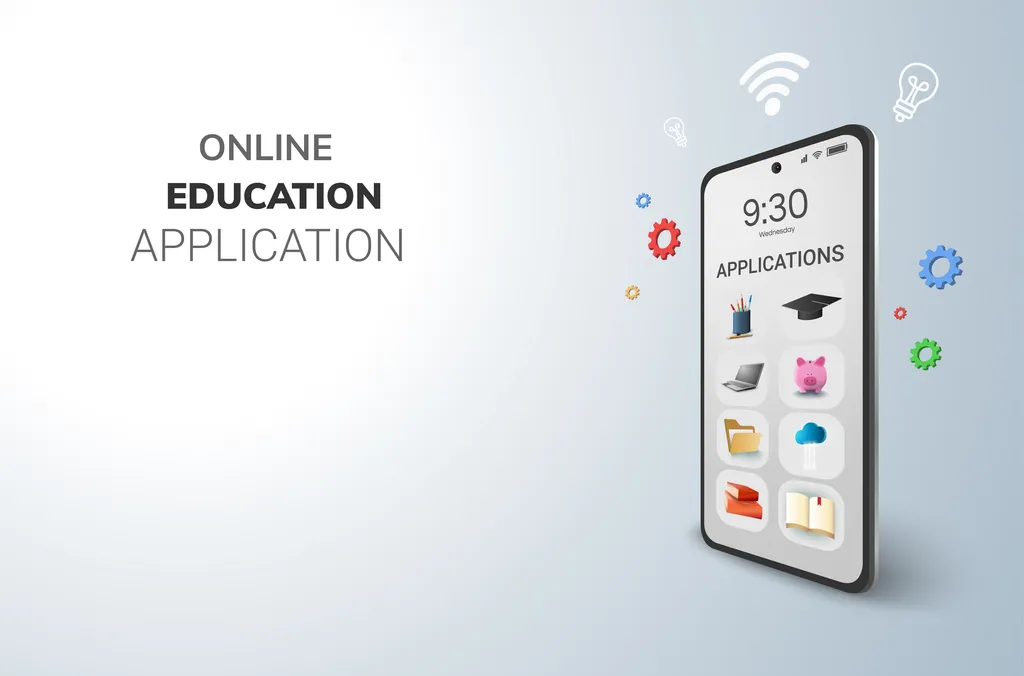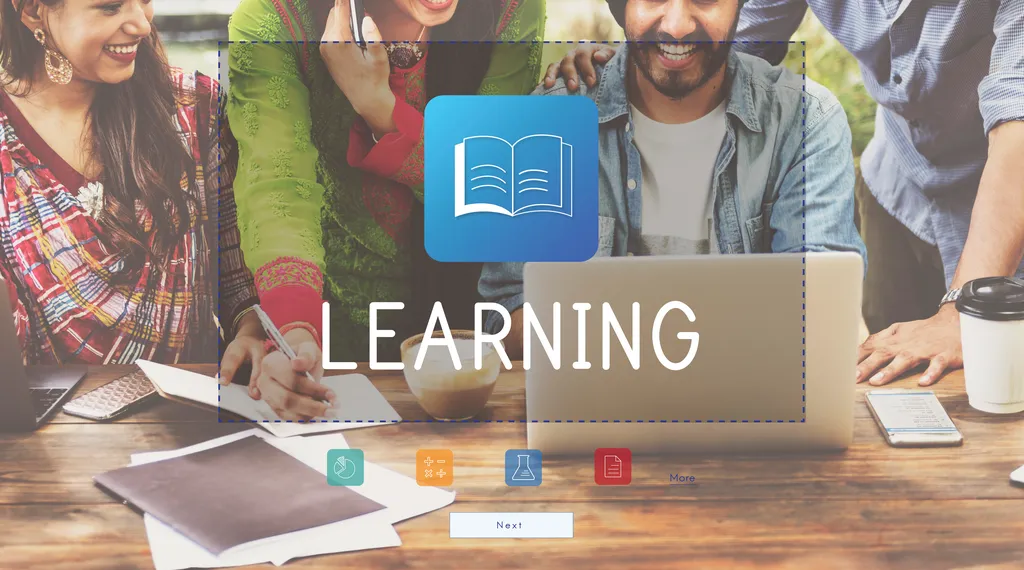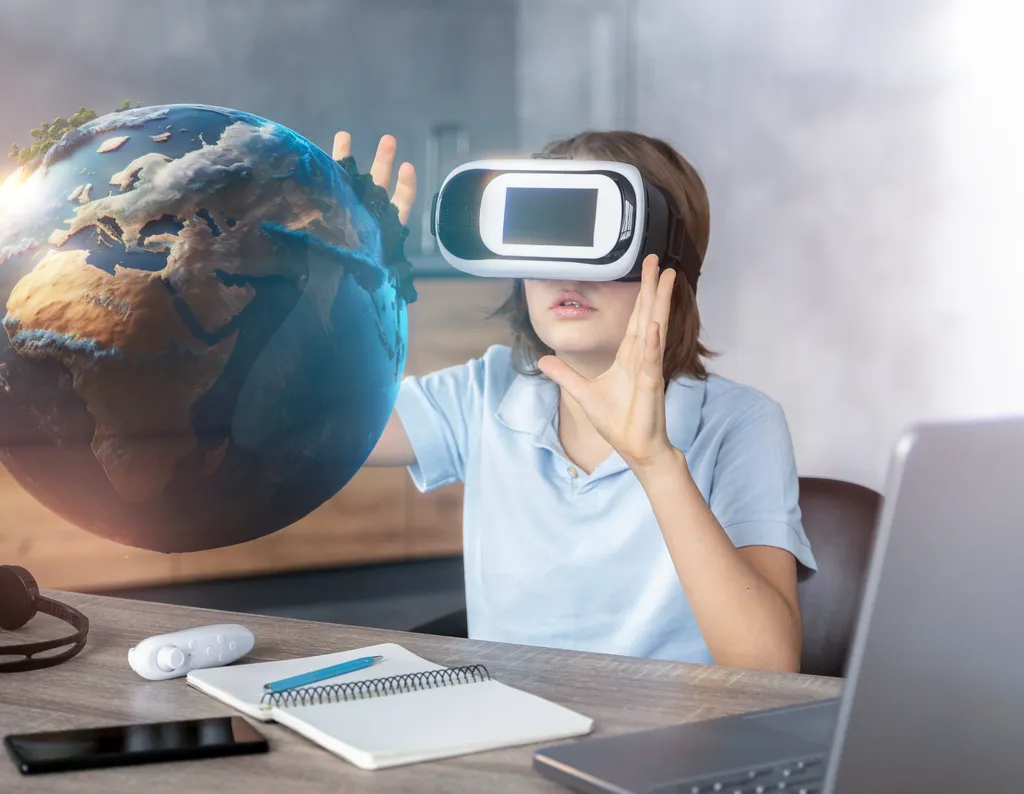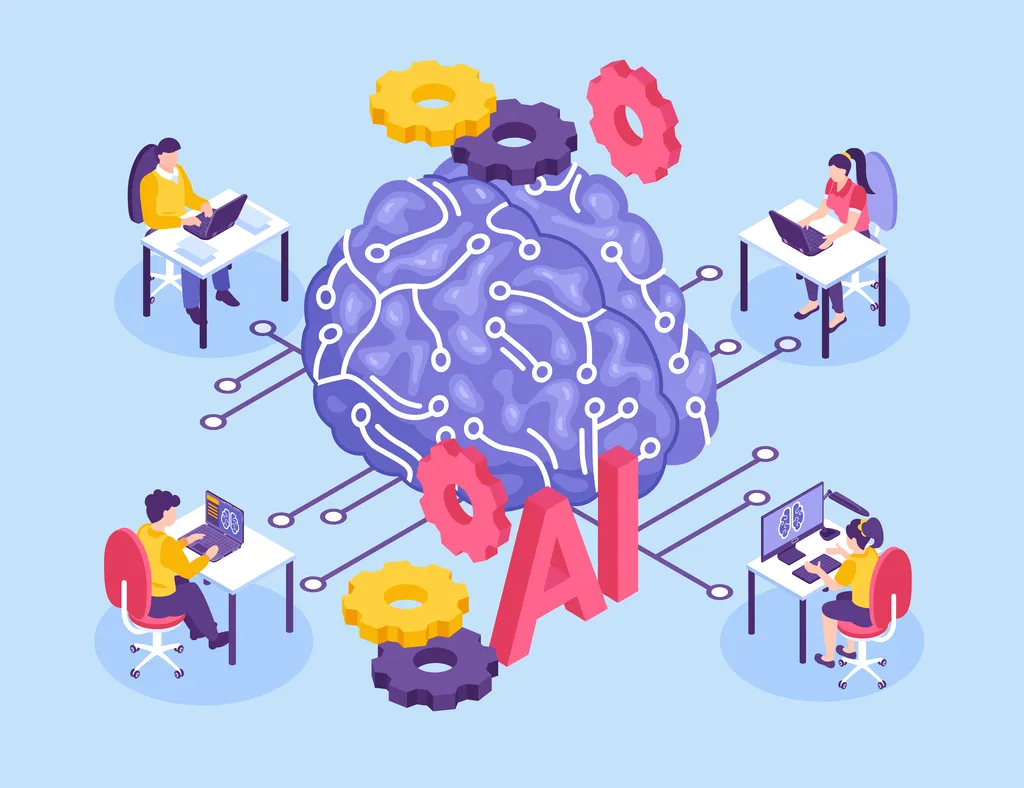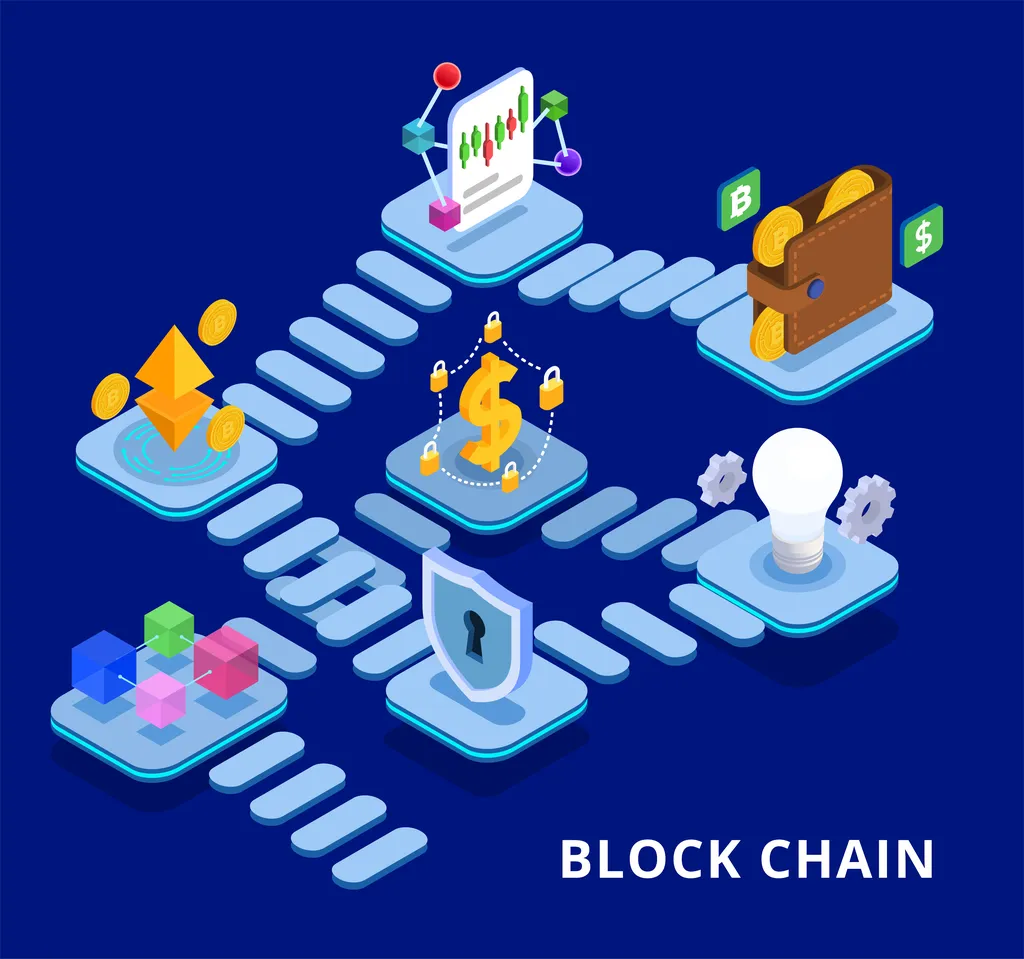Introduction
In an era marked by rapid technological advancements, the field of education is undergoing a profound transformation. The integration of technology into learning environments has opened up new avenues for students and educators alike. This article explores the exciting developments in educational technology and their potential to reshape the future of learning.
The Current Landscape
Before we get any further into the future, let’s take a look at where we are right now in terms of the technological advancements that have been achieved in the educational system. The sector of educational technology is currently going through a transition that may be regarded as both dynamic and revolutionary.
Digital Learning Platforms
Digital learning platforms offer many tools and resources that are changing the way students learn, and teachers teach in the modern world. These sites let teachers make interactive lessons, quizzes, and multimedia, then post them and give them to students. Students have a lot of tools at their disposal to learn and explore at their own pace.
In addition, these platforms facilitate the ability of instructors to monitor student progress and customize lessons to accommodate individual requirements, thereby enhancing the personalization and efficacy of education.
Personalized Learning
When students learn in a personalized way, it fits their skills and hobbies. Technology and data analysis make learning more personalized instead of using a single method that works for everyone. Teachers can make corrections and lessons more relevant to each student by using adaptive algorithms to find out what they’re good and bad at.
Students are more interested, motivated, and able to understand what they are learning when they can learn at their own pace and in a way that fits their learning style and level of ability. This method might make education better by meeting the wants of students and making learning better.
Virtual Reality (VR) and Augmented Reality (AR)
VR and AR are changing how we use technology. In VR, you can fully communicate with your virtual surroundings. Students can study hands-on, visit historical places, and pretend to do scientific research with these technologies. Through smartphone screens or AR glasses, AR adds digital features to the real world.
By adding virtual items, data, and information to real-world environments, AR makes learning interactive and problem-solving possible in real-time. VR and AR make learning more intense, interesting, and hands-on, which helps people understand and remember difficult topics.
The Road Ahead
The current state of educational technology has laid the groundwork for a wide range of exciting future options that will change the way we teach and learn significantly. Because of the way educational technology is set up now, these options are possible. Moving into the future of educational technology, the new tools will likely make learning more fun, more personalized, and more effective than ever before.
Artificial Intelligence (AI) in Education
AI has the potential to transform education by freeing up teachers’ time and expertise for instruction by automating administrative tasks. AI-powered chatbots will provide students with round-the-clock, immediate support. These chatbots may react to a variety of student inquiries, including explanations of courses and assignment due dates, as well as recommendations on study equipment.
Chatbots powered by artificial intelligence not only improve the overall student experience by replying promptly and properly, but they also ease the pressure on human staff members who would otherwise have to deal with routine questions. As a result, educators may be able to concentrate their energies on what matters most: providing good education, encouraging critical thinking, and gaining a better understanding of the subject.
Gamification
Gamification in education transforms traditional learning into something more dynamic and interesting. It employs gaming mechanics to boost student engagement, motivation, and overall learning experience. As technology advances, gamification will play an increasingly essential role in the future of education.
Block-chain for Credentials
Consider that you have a diploma or certificate from a college or school and want to show it to a possible employer to show that you’re prepared for the job. There’s always a chance that someone could fake or change it, even if you send them a digital file or give them a paper copy.
Blockchain technology can help. Like a digital, unchangeable record-keeping system, it verifies your academic qualifications like degrees and certificates. Qualifications are recorded on the blockchain. Employers can trust your qualifications if they’re on the blockchain. The hiring process is faster and safer because it eliminates the possibility of bogus qualifications and fraud.
Immersive Learning
Virtual reality (VR) and augmented reality (AR) technology advancements will lead to a revolution in hands-on training across a variety of vocations. These technologies will advance to create realism-rich, immersive simulations that present priceless chances for practical education. Students may better understand challenging ideas and achieve better learning outcomes with the help of realistic simulations, preparing them for the challenges of the real world.
Internet of Things (IoT) in Education
Integrating IoT devices into smart classrooms could produce a more effective, interesting, and student-centered learning environment. It allows teachers to concentrate on teaching while automating routine tasks and delivering valuable information to raise the standard of education.
Overcoming Challenges
Problems are bound to come up whenever there is a big step forward in technology. When new technologies are introduced, people often face several problems that need to be solved. These problems include:
Privacy Concerns
As educational technology advances and generates a wealth of data, protecting student privacy is becoming an ever greater need. Given the potential for sensitive information to be obtained and stored, it is essential to enact stricter rules and develop innovative techniques to safeguard students’ data. This means securing the data with robust encryption, making it anonymous if possible, and limiting access to only authorized users.
Technological Accessibility
Access to high-speed internet and modern technology is a top priority for governments around the world. Social and economic justice needs to close the digital divide, which is the gap between people who have easy access to digital tools and those who don’t. Access to the internet and digital tools is necessary in a world that is becoming more and more dependent on technology and connections.
To close this gap, governments are focusing on building broadband infrastructure, making the Internet more economical, and giving gadgets to people who don’t have access to them. Digital inclusion gives people more power, lowers inequality, and speeds up economic growth in this age of digital innovation.
Conclusion
The future of educational technology is very bright and could change the way we teach and learn in big ways. AI, gaming, blockchain, virtual and augmented reality, and the Internet of Things are all making progress in ways that make education more personalized, fun, and effective than ever before. These technologies are not just tools; they are a big change in the way education works. They allow teachers to make lessons more immersive and engaging for each student and make sure that academic credentials are safe and real.
But it’s important to deal with the problems that come with these new technologies, like privacy issues and the digital gap, so that everyone can get the most out of educational technology. Even though things are changing quickly, the main goal is still the same: to give all students a fair and high-quality education that prepares them for the challenges and chances of the future.
FAQs
Q1: How will AI benefit educators?
AI will help educators by automating administrative tasks, providing instant student support, and offering data-driven insights for personalized teaching.
Q2: What is the significance of blockchain in education?
Blockchain ensures the authenticity of academic credentials, making it easier for employers and institutions to verify qualifications and reduce fraud.
Q3: How can we bridge the digital divide in education?
To bridge the digital divide, we need to ensure equal access to technology and high-speed internet, especially in underserved communities.
Q4: What role will gamification play in the future of education?
Gamification will make learning more interactive and enjoyable, motivating students through competition, rewards, and challenges.
Q5: How can IoT enhance the classroom experience?
IoT devices can track attendance, monitor student engagement, and create optimal learning environments by adjusting classroom conditions.


